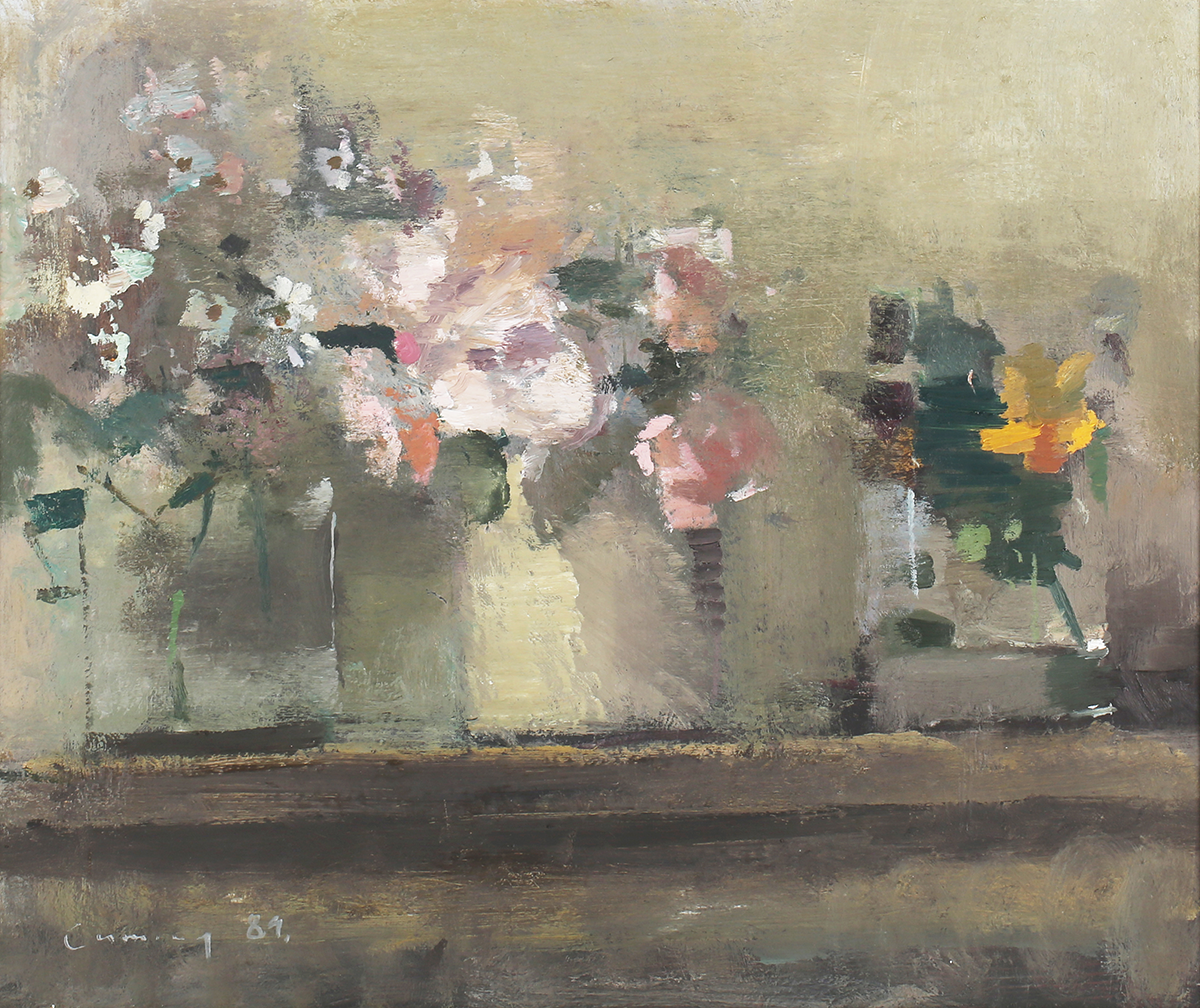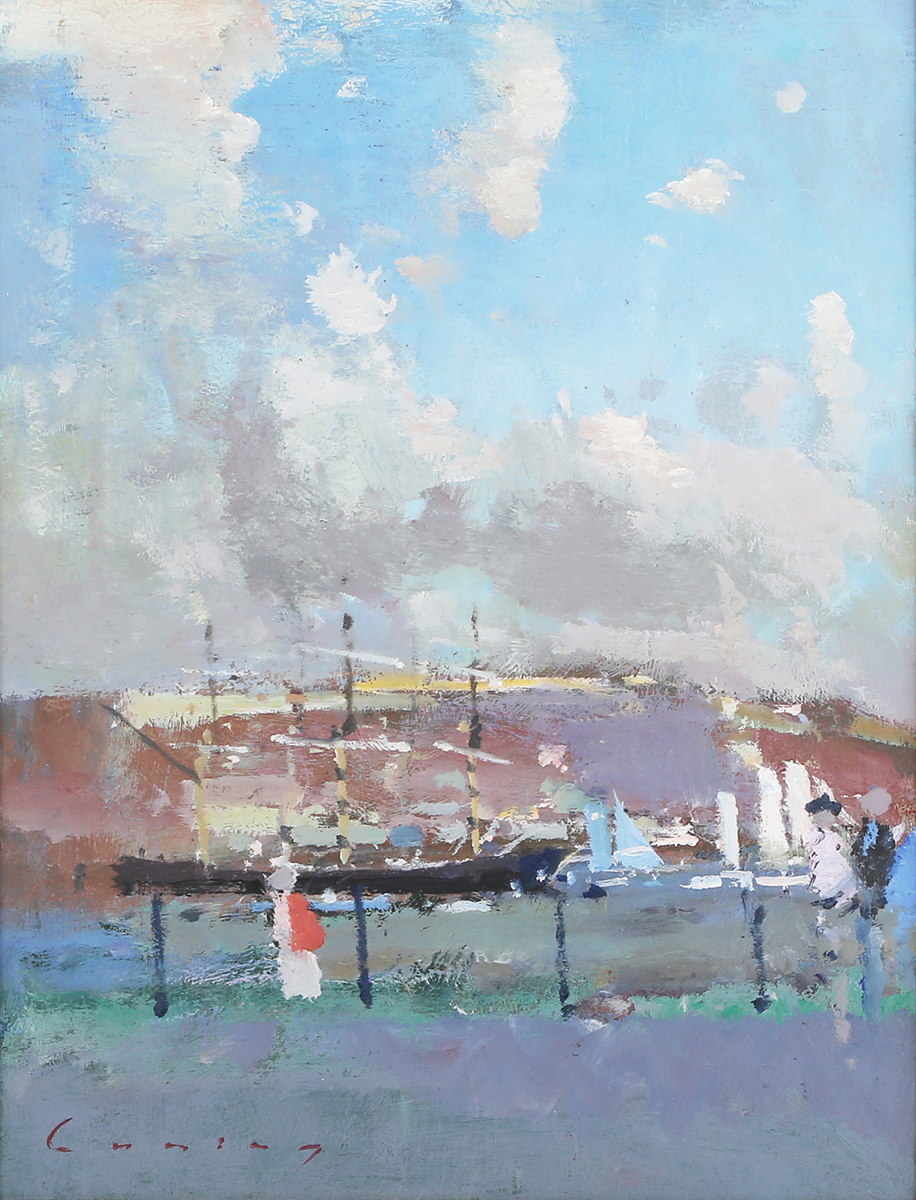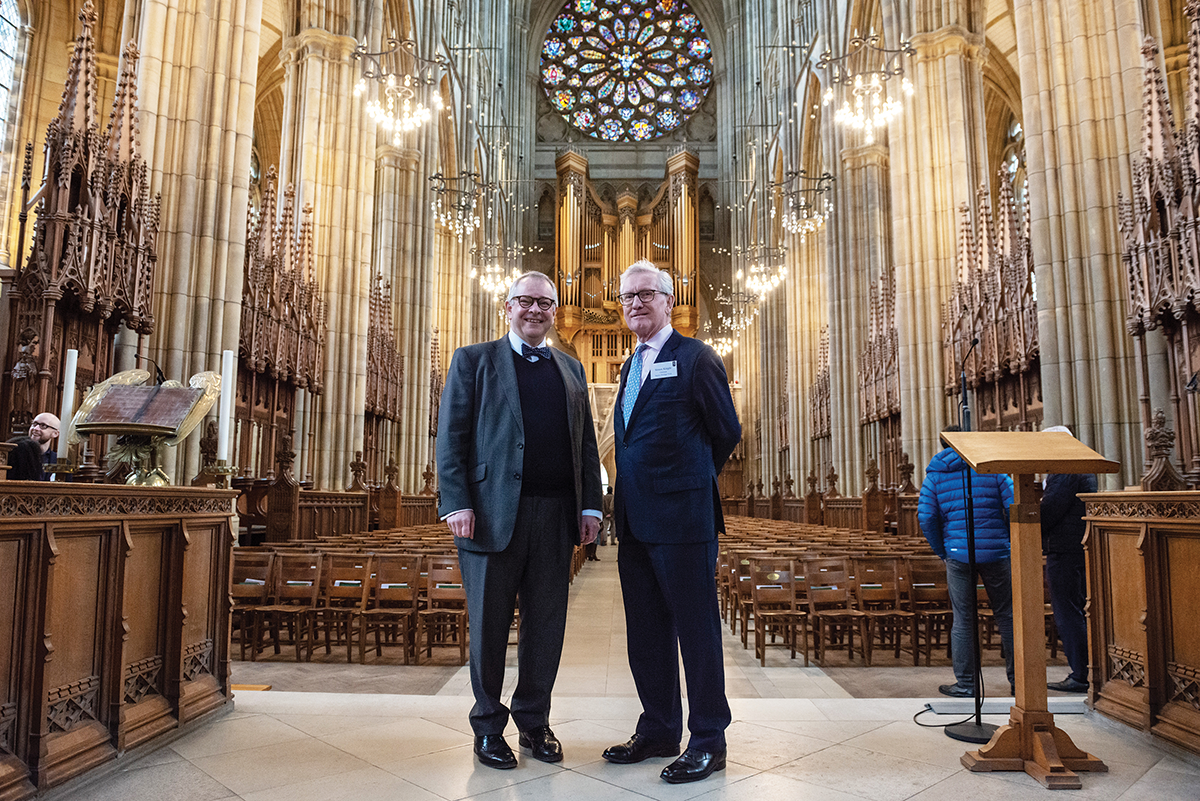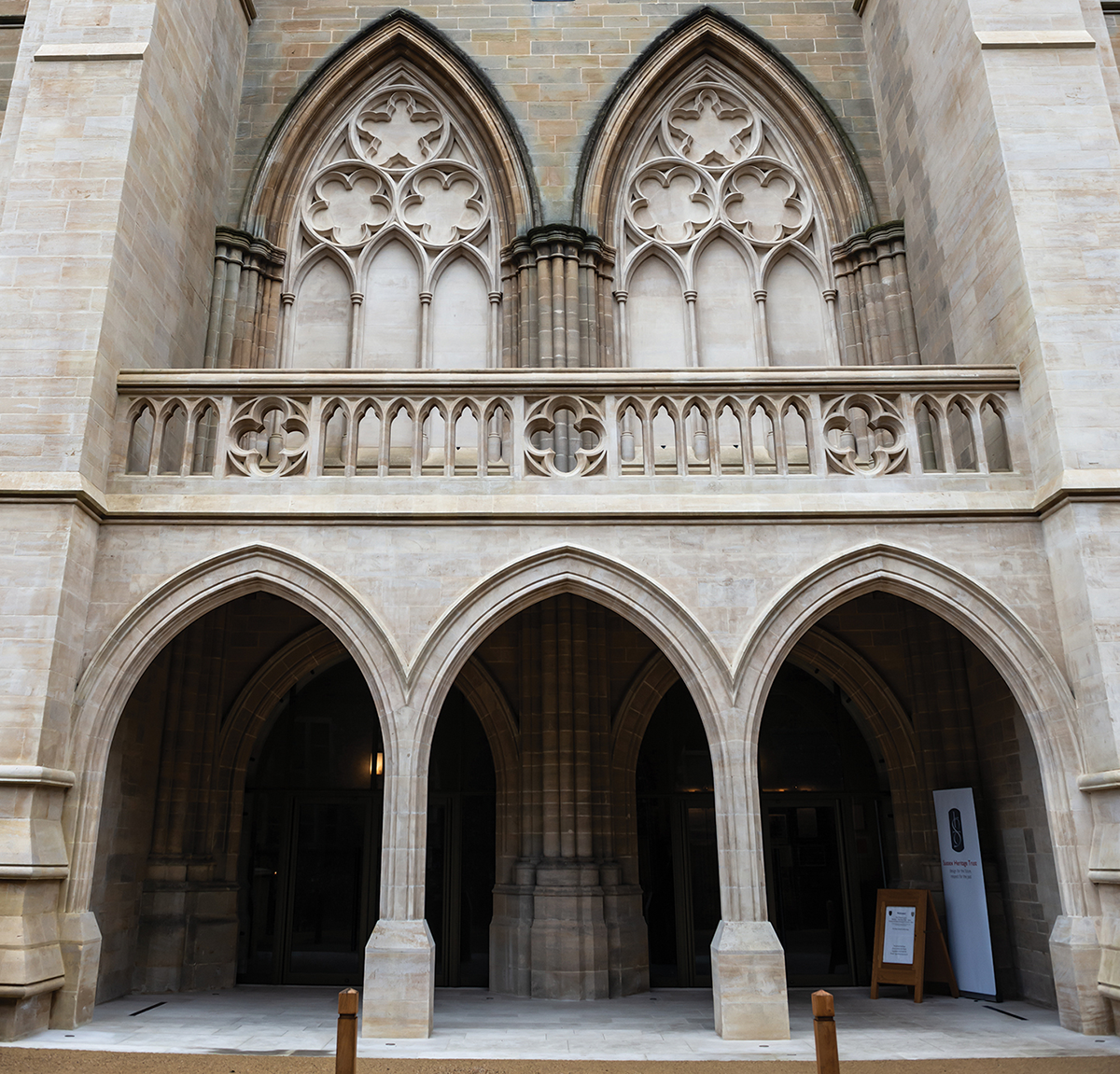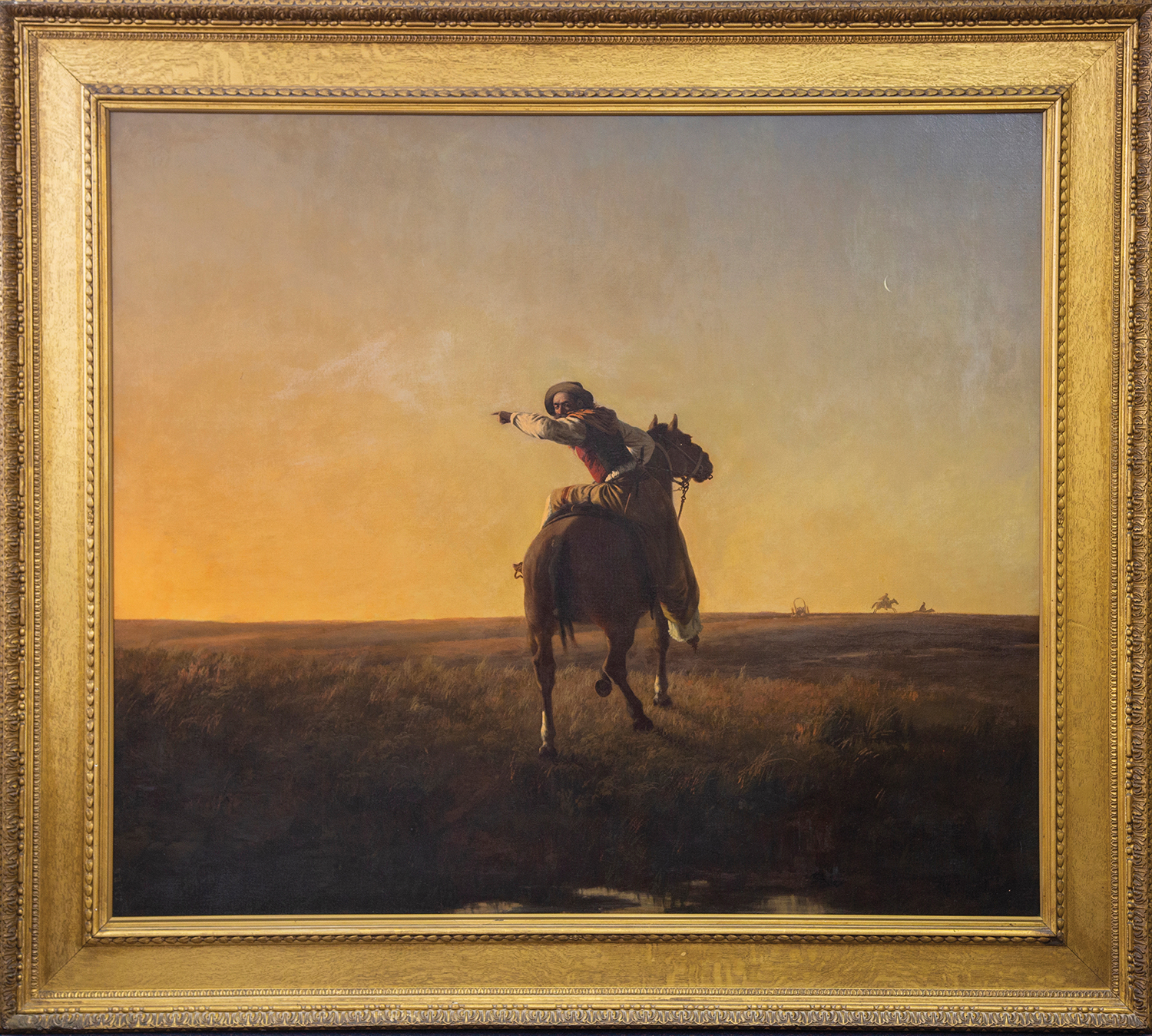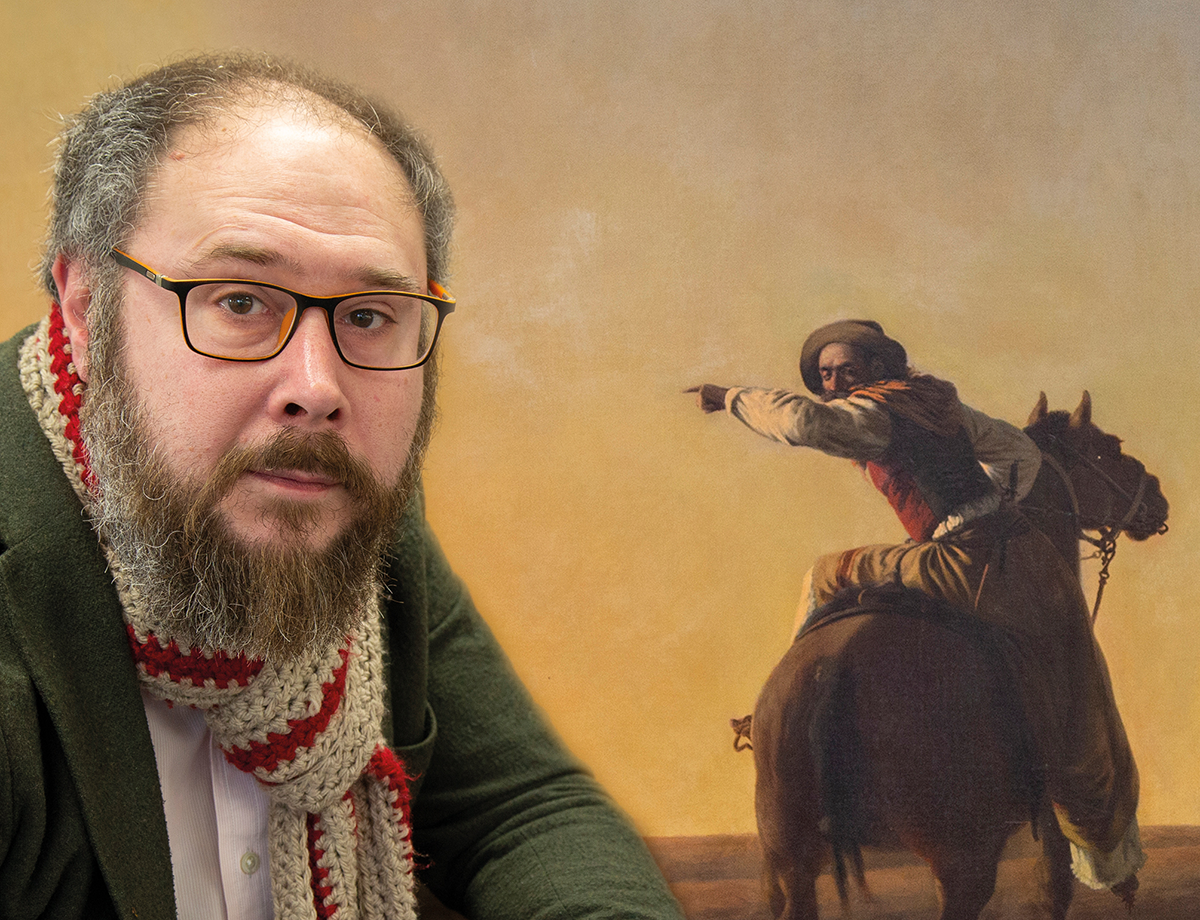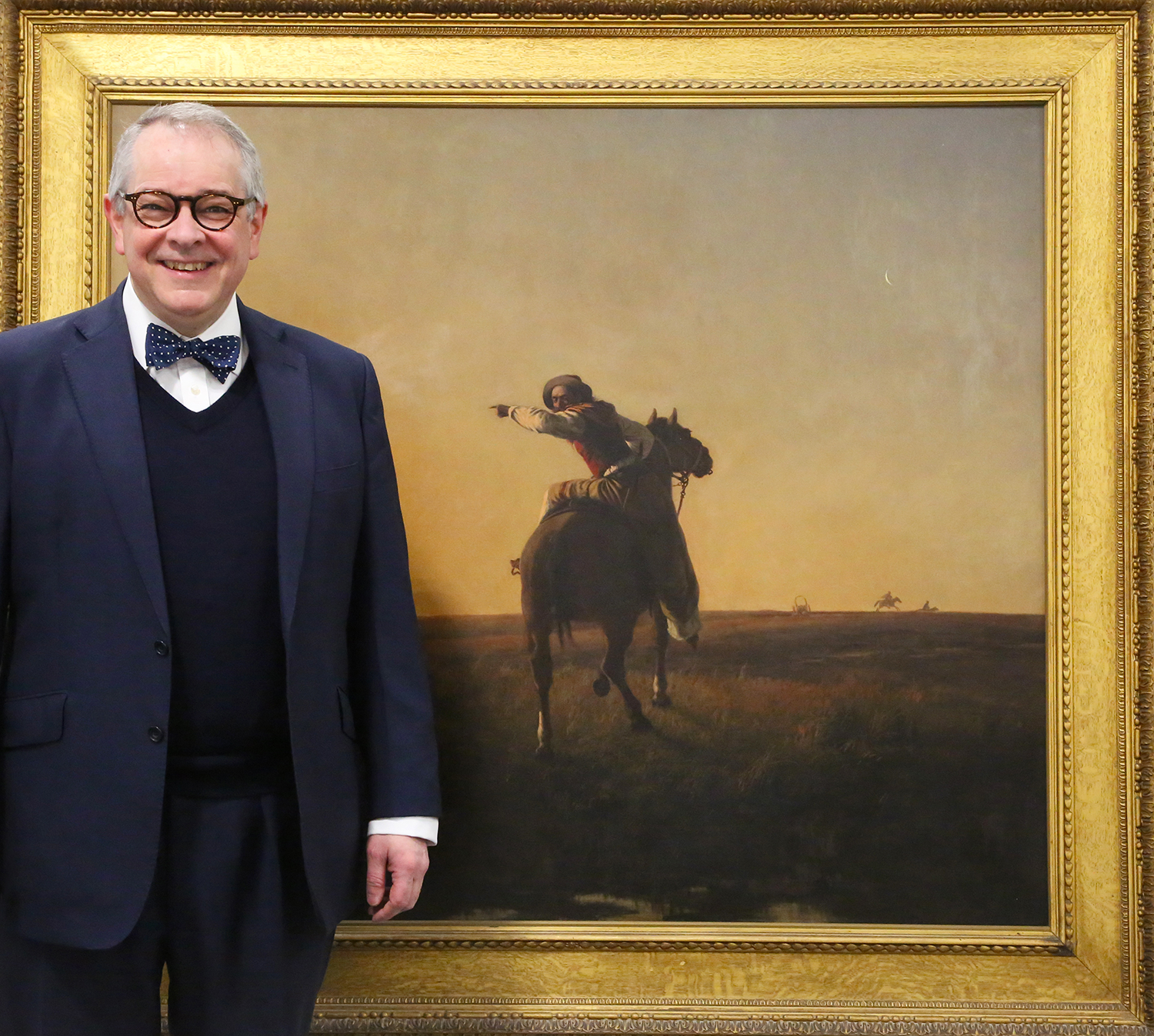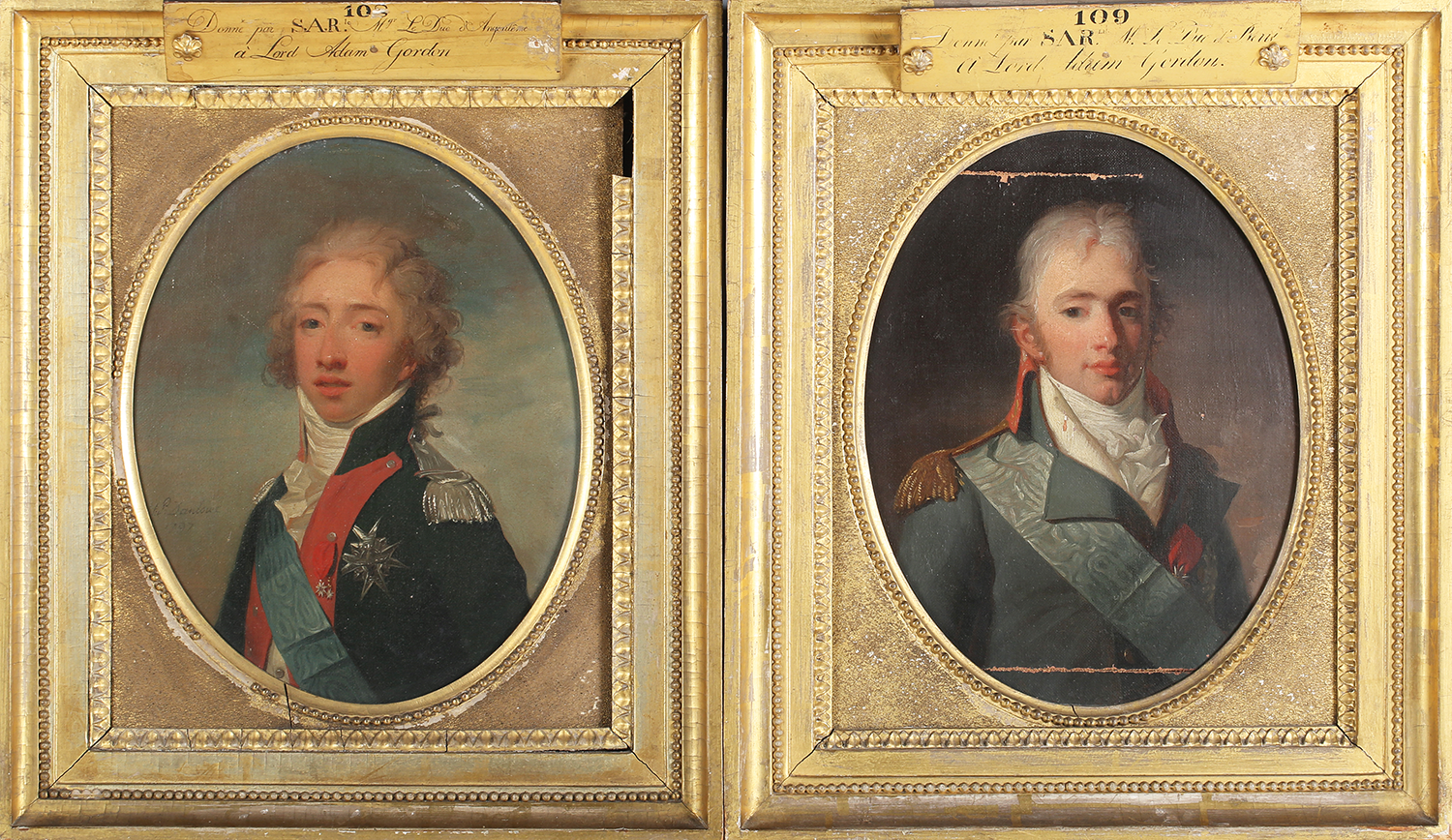
A pair of remarkable portraits have just sold at Toovey’s for £15,000.
The portraits are by Henri-Pierre Danloux (1753-1809) who in 1792 moved to London escaping the French Revolution.
They depict Louis Antoine de Bourbon, duc d’Angoulême (1775-1844) and Charles Ferdinand d’Artois, duc’ d’Berrie (1778-1820), the sons of Charles X, King of France and provide a window into history. Charles and his eldest son, Louis Antoine would both eventually be forced to abdicate in favour of Louis Phillipe de Orléans.
Louis Antoine accompanied and advised his uncle, Louis XVIII. He was twice forced into exile in Britain, and twice he fought in the Napoleonic wars, the second time with Wellington at the Battle of Waterloo.
Danloux was influenced by fashionable English portrait painters like Thomas Lawrence (1769-1830), John Hoppner (1758-1810) and George Romney (1734-1802). He exhibited at the Royal Academy in London which brought commissions from a number of British patrons.
Danloux would return to Paris in 1801 and continue to paint until his death in 1809.
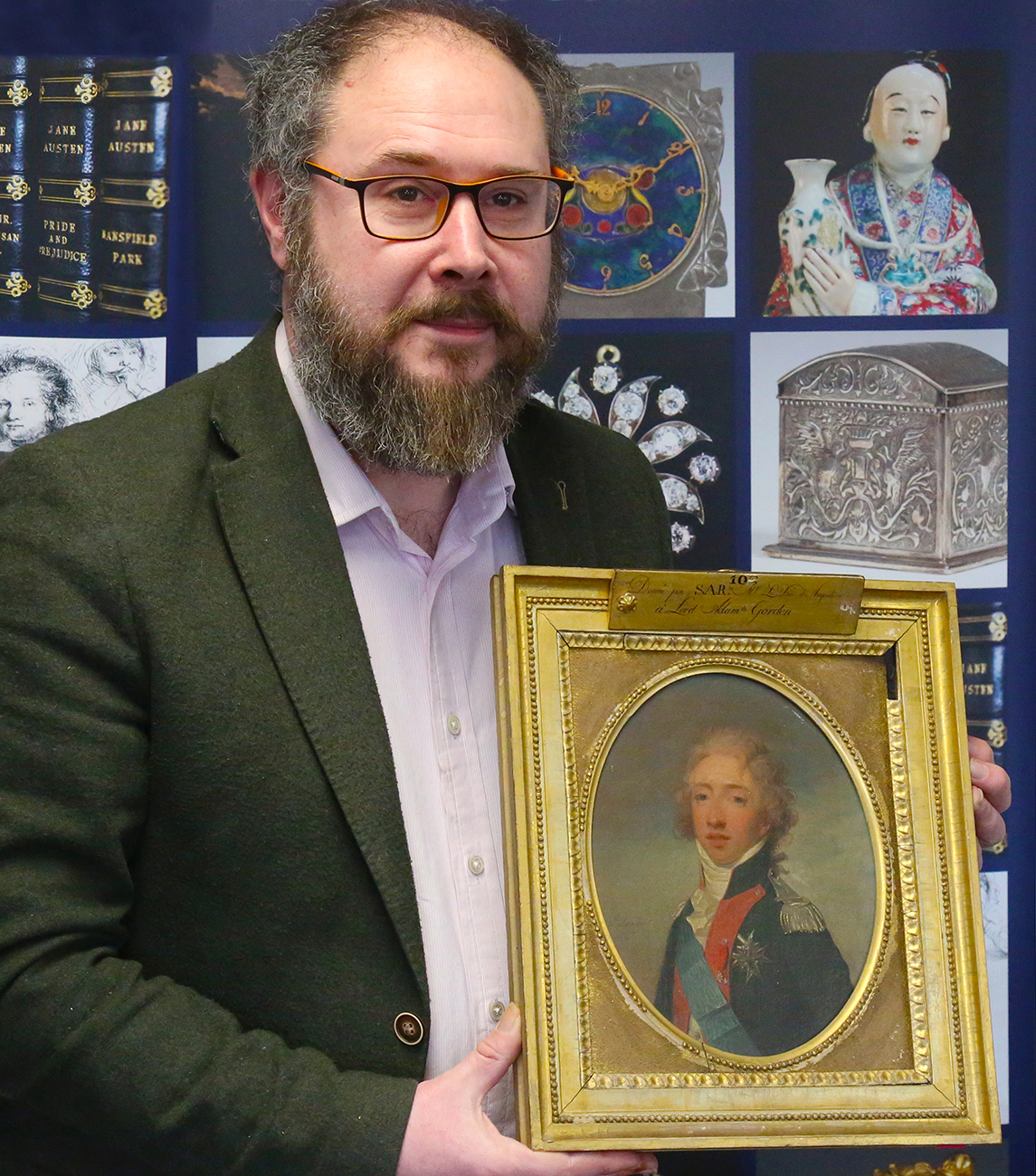
Charles Philippe, Count d’Artois and later King Charles X of France, arrived in Scotland with his sons and established an émigré court at the Palace of Holyrood, Edinburgh. Danloux travelled from London to Scotland to paint the portraits of his fellow countrymen. His portrait of Louis Antoine was engraved by Philipp Audinet in 1799 (an example can be found at the National Portrait Gallery, London). Versions of both portraits by Danloux can also be found in the collection of the Palace of Versailles,. The portraits sold at Toovey’s were gifts from the sitters to Lord Adam Gordon (1726-1801) commander-in-chief of the forces of North Britain, and remained with the family. Lord Gordon had greeted d’Artois and his sons at the quayside on their arrival in Edinburgh where half of the city had turned out to witness the spectacle. Danloux also painted a portrait of Lord Gordon in 1799 which is now in the collection of the National Galleries Scotland.
It is always special to discover works that are fresh to the market like these. Toovey’s next sale of fine paintings will be held on 17th May 2023 and entries are still being invited. If you would like advice on you paintings collection contact Tim Williams at Toovey’s.
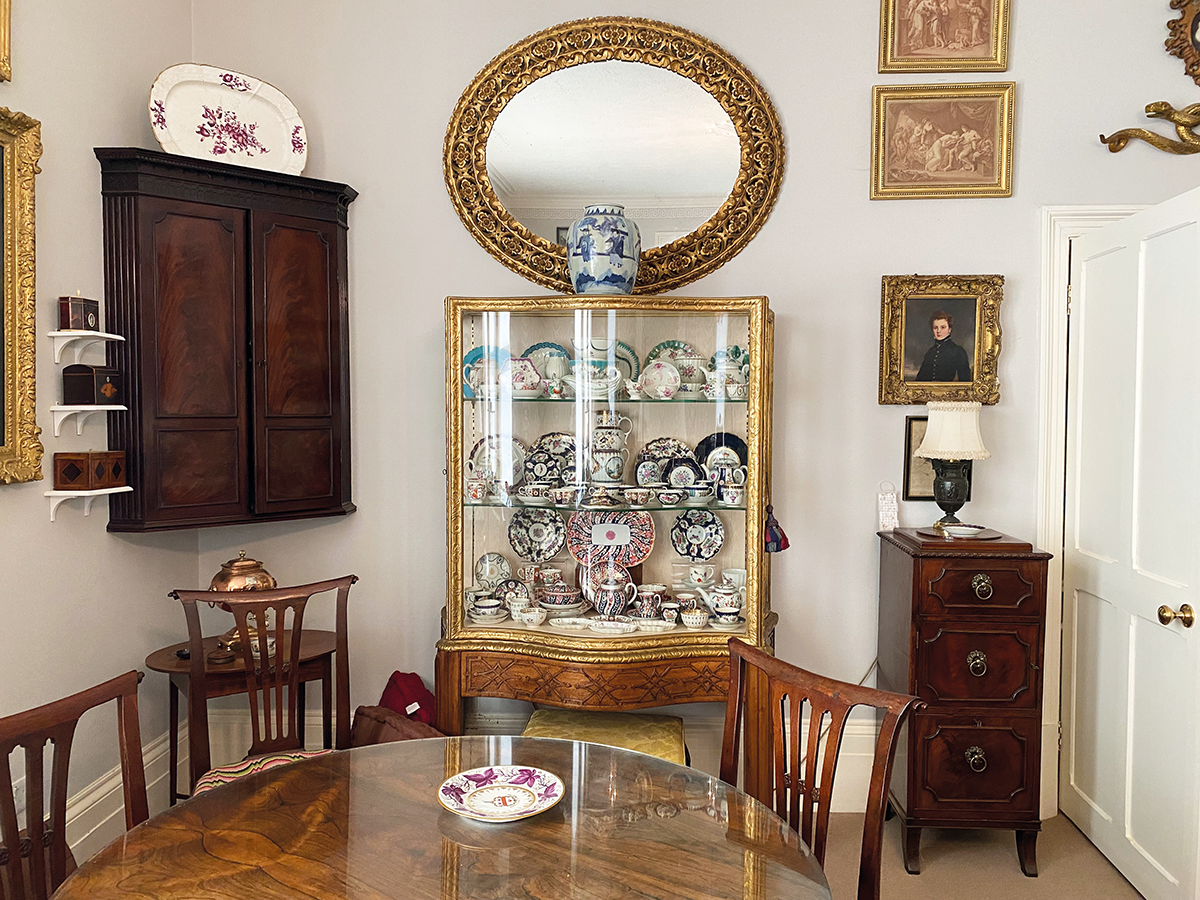 These two beautiful collections represent the best of English country house taste and I am delighted that they are the subject of a series of specialist sales at Toovey’s.
These two beautiful collections represent the best of English country house taste and I am delighted that they are the subject of a series of specialist sales at Toovey’s.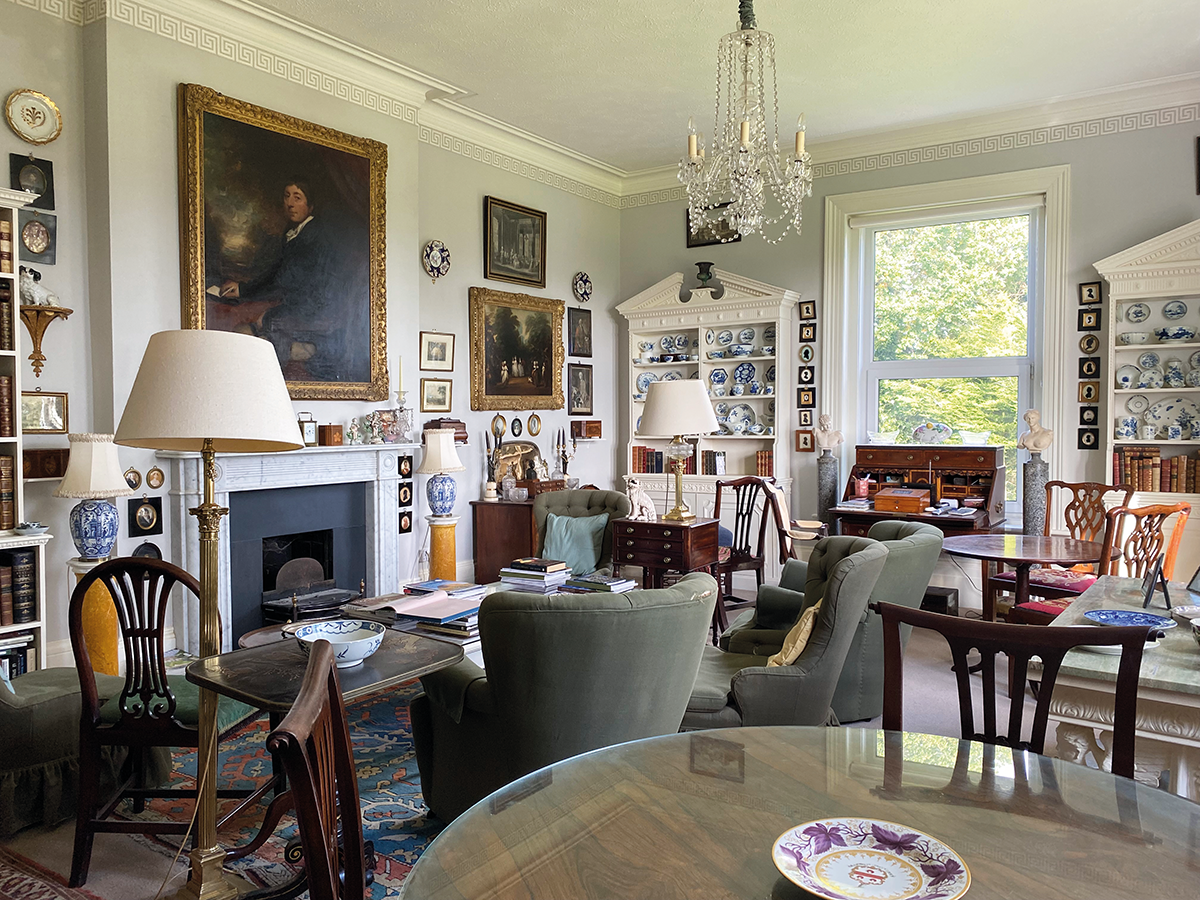 Donald maintained his friendship with John Fowler and a number of pieces from John’s home, The Hunting Lodge in Odiham, form part of Donald’s collection. These include several pieces of furniture and decorative items. There is a photograph showing John Fowler in the Garden Room at The Hunting Lodge, sitting in a Louis XVI style chair which is entered in the auction. Donald Church’s unerring eye for taste, design and quality informed the interiors of his home and his collection.
Donald maintained his friendship with John Fowler and a number of pieces from John’s home, The Hunting Lodge in Odiham, form part of Donald’s collection. These include several pieces of furniture and decorative items. There is a photograph showing John Fowler in the Garden Room at The Hunting Lodge, sitting in a Louis XVI style chair which is entered in the auction. Donald Church’s unerring eye for taste, design and quality informed the interiors of his home and his collection.